Worst Plant in the Neighborhood
Did you know that over half of the population is allergic to poison ivy—Toxicodendron radicans? While seasoned gardeners can spot and steer clear of this notorious plant, many others unknowingly brush up against it. Yet, poison ivy is just one of the troublesome siblings in the Toxicodendron family native to America. Its counterparts, poison sumac (Toxicodendron vernix) and poison oak (divided into Atlantic Toxicodendron pubescens and Western Toxicodendron rydbergii), add to the botanical rogues’ gallery. Fortunately, encountering poison oak or sumac locally is unlikely, but poison ivy lurks everywhere.

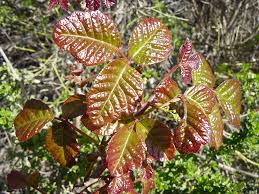
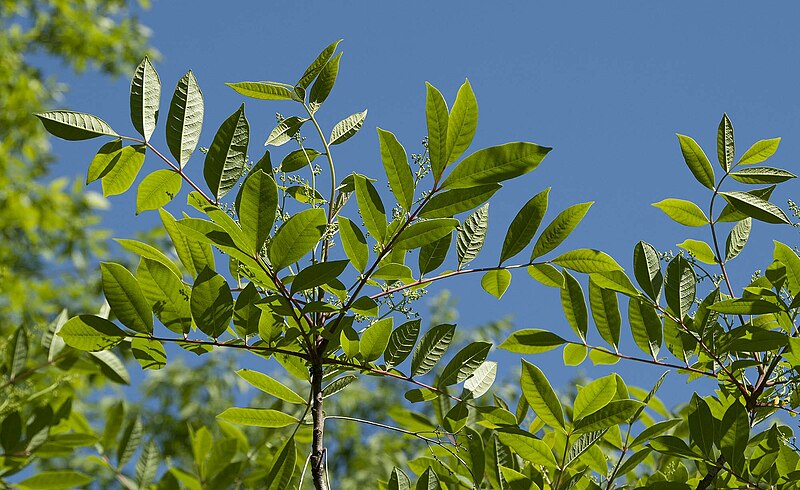
Esthetic Delights
As someone who loves browsing plant nurseries, strolling through aisles filled with vibrant plants for every microclimate is a joy. However, even the best-intentioned nursery trips can lead to unexpected challenges. I’ve written about inadvertently introducing invasive species into my garden and the ensuing battle to reclaim my beloved spaces.
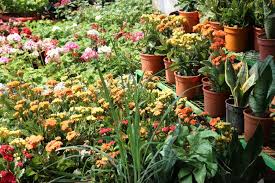
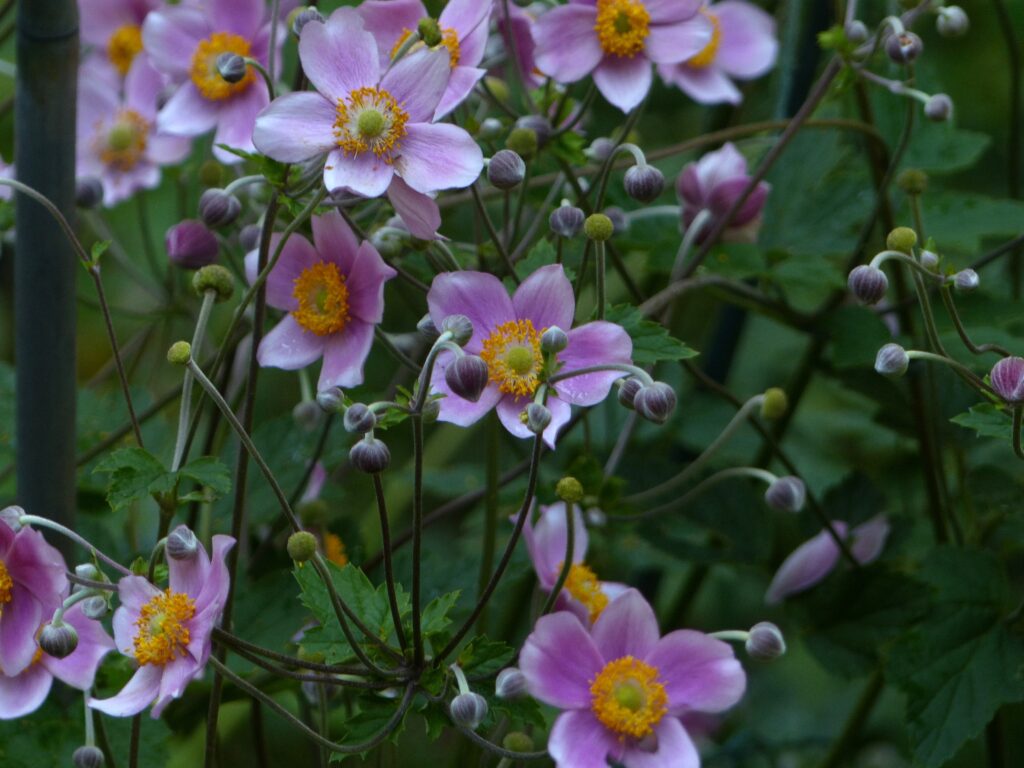
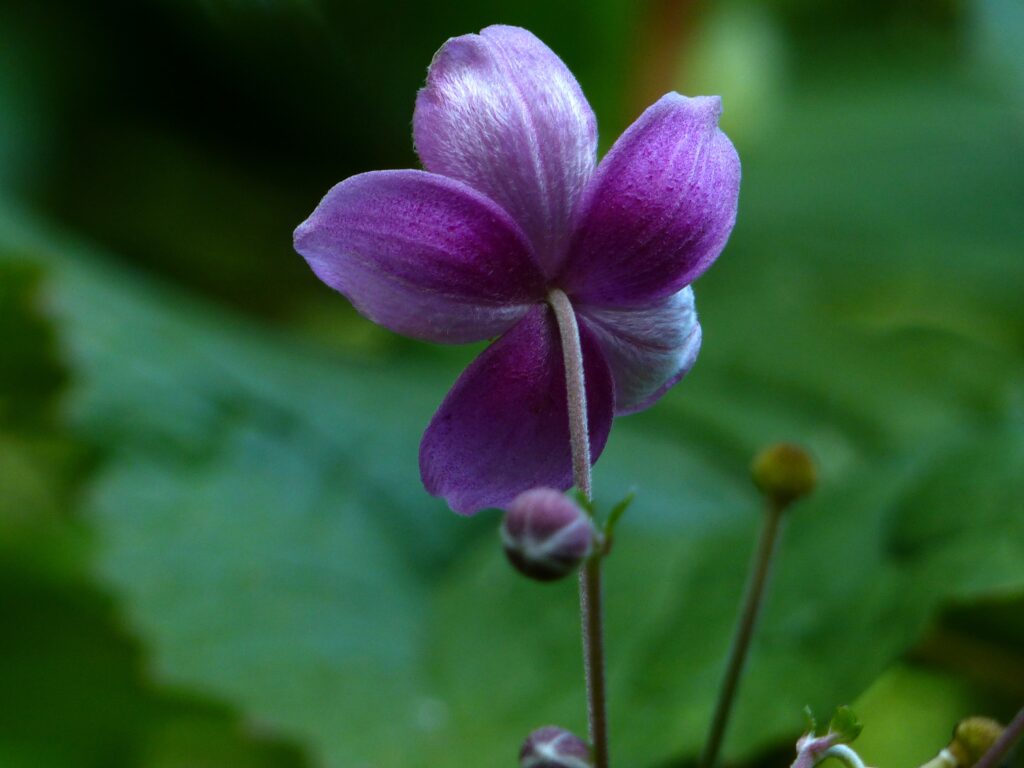
While no reputable nursery sells Toxicodendron plants, surprises can still arise. Several years ago, I bought Japanese fall anemones (Eriocapitella hupehensis/Anemone hupehensis) specifically for their autumn blooms and shade tolerance, ideal for my garden. Initially, because their tall, flower stalks required staking—a tedious chore, I was not particularly enthusiastic. Despite the extra effort, my husband’s admiration for their flowers kept me staking them everye fall. Eventually, I discovered a trick: cutting the flower stalks mid-growth yielded shorter, sturdier blooms, easing my gardening woes. gardening woes.
Take Good Care
Spending time working in the garden, I get the occasional skin rash. Having suffered several serious attacks of poison ivy, I have learned to recognize it immediately. However, I have been driven to my dermatologist on occasion with uncharacteristic itchy rashes. The general assumption has been that they are the result of an encounter with an unseen and devious insect. One day I noticed a book on the doctor’s shelf about plant based skin irritants. It was a very thick book. It got me thinking.
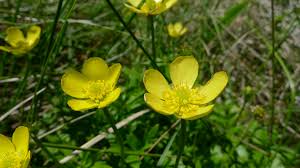
The innocuous buttercup, symbolizing childhood innocence and carefree meadows, hides a prickly truth. The Ranunculaceae family’s sap contains protoanemonin, a caustic compound, very irritating to the skin. Japanese fall anemones are part of the Ranunculaceae family. Realizing this connection shed a possible light on some of my mystery rashes.
My frustration with these plants also increased as they began to naturalize aggressively, overtaking other flowers. Recently, I made the tough decision to uproot them, keeping only those corralled by mowing or cement borders.
Armed with experience from battling poison ivy, I suited up—long sleeves, gloves, and pants—to safely remove the plants. Washing all exposed skin with dishwashing liquid, effective against oils like urushiol and protoanemonin, and laundering all gardening clothes, proved crucial in preventing further irritation.
So, the next time an unexpected rash surfaces, consider the plants you’ve been handling—it might just be a subtle reminder from your garden.
For more interesting essays about the world we live in, see my book
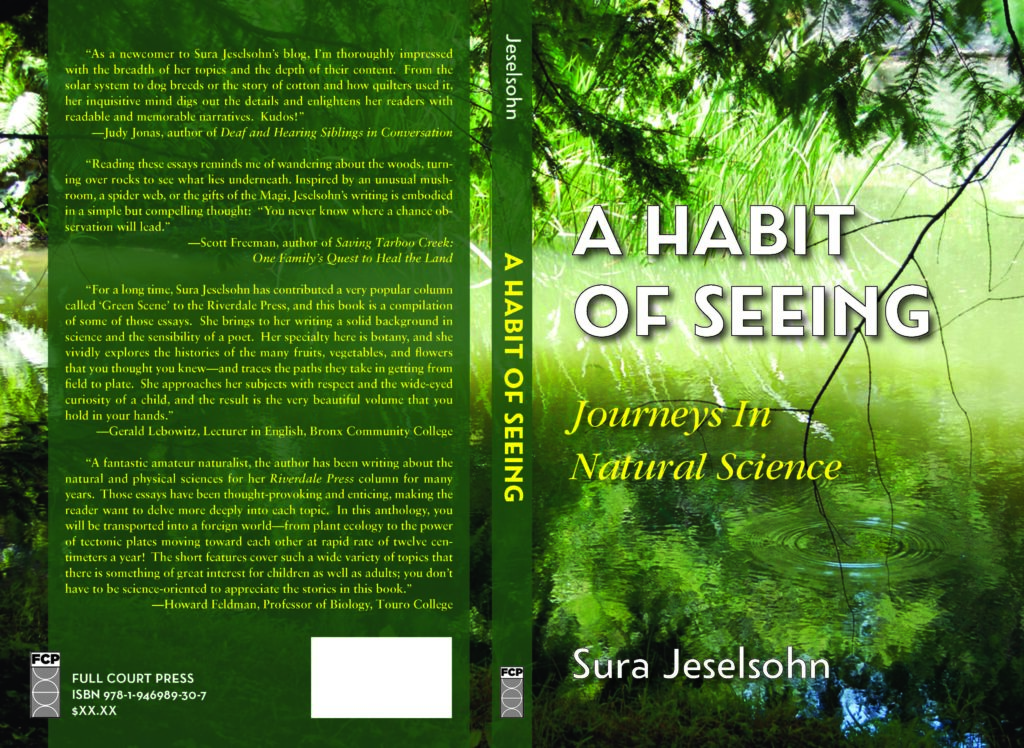
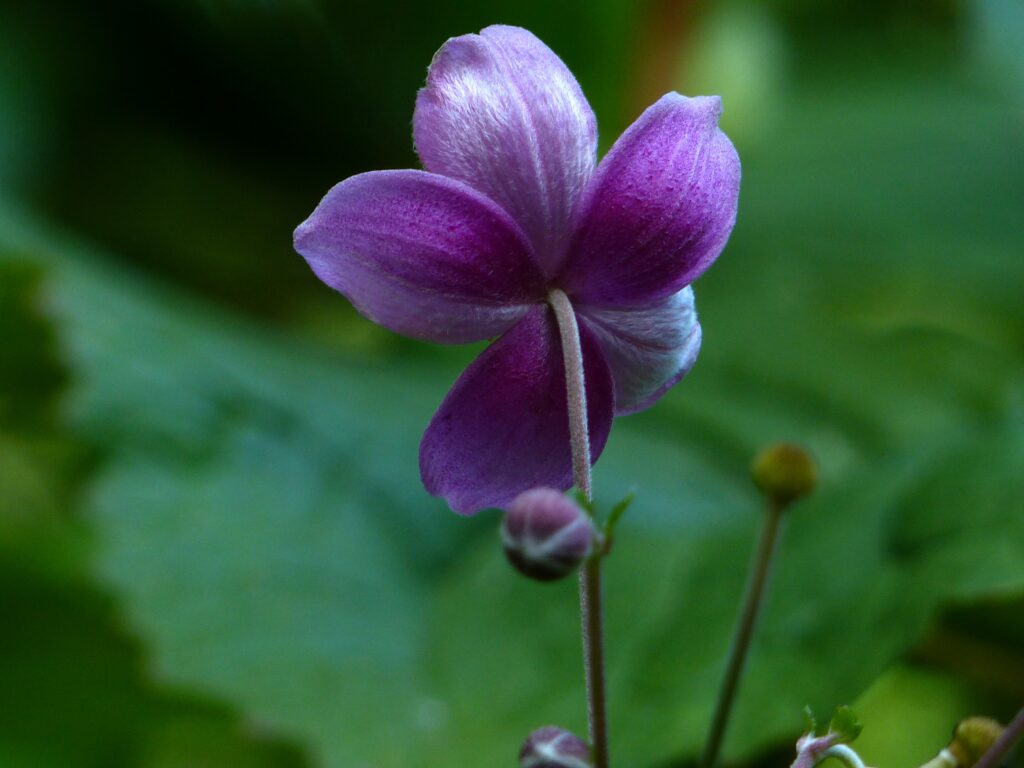
There was a stand of these beautiful plants on 254 St. And I planned to ask the gardener for a bulb….but he uprooted them all! Now I understand!
Saved from a rash…decision and illness!
Shabbat Shalom, Sura!
Pearl